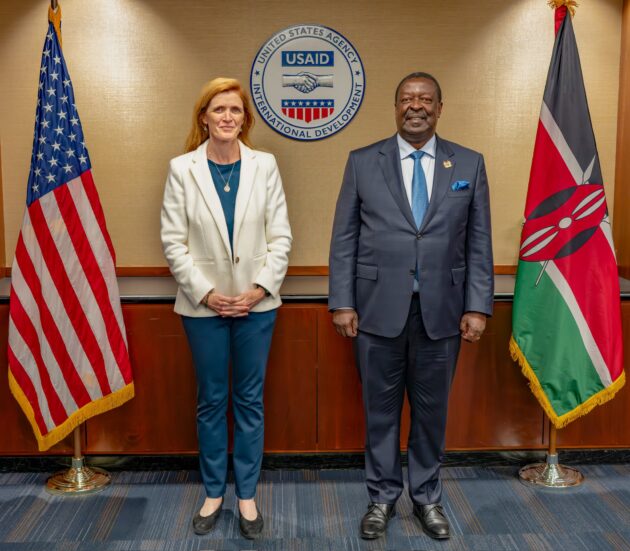Kenya and US have committed to play a central role in promoting peace and security globally.
This was agreed after Prime Cabinet Secretary, Musalia Mudavadi and US Secretary of State Anthony Blinken met in Washington DC.
He also stated that they agreed to continue with plans to better the lives of the Haiti people.
“I held a constructive meeting with Blinken on peace and security issues, including regional conflicts in East Africa and disruption of global logistics by the Middle East crisis,” Mudavadi said in a statement.
Mudavadi, who is also the Foreign and Diaspora Affairs Cabinet Secretary, also said their discussion focused on Kenya and US mediation efforts to mitigate disruptive impact of crises on the people and economies of the region.
He also said Blinken was optimistic over expedited negotiations of the Kenya-US Strategic Trade and Investment Partnership (STIP) and for the US to consider extending the African Growth and Opportunity Act (AGOA) beyond its expiry next year.
According to the CS, these initiatives will facilitate expanded duty and quota free access for Kenya’s and Africa’s exports to the US market.
Mudavadi also said the two countries applauded the long-standing support for global climate issues, the fight against terrorism and the need for global development finance architecture reforms. Capital News





